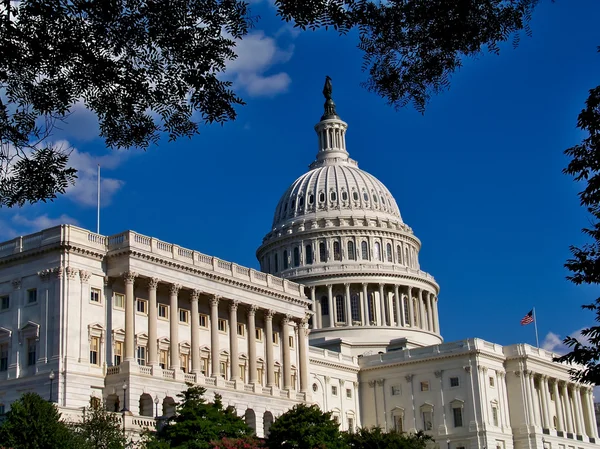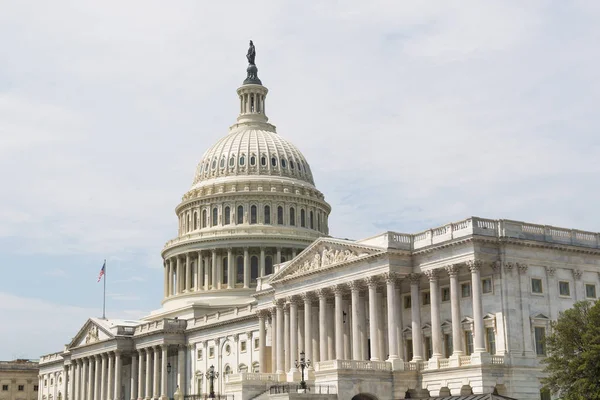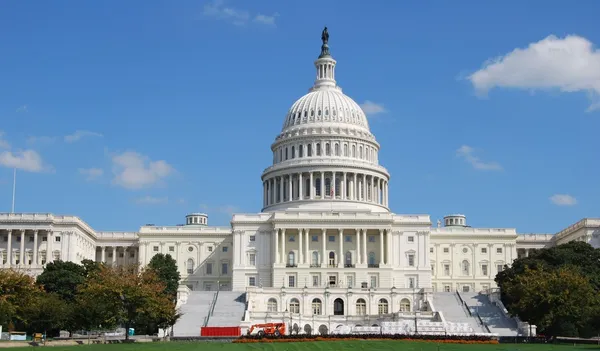
The fourth week of the federal government shutdown has set the U.S. economy on a precarious position, and economists warn the standoff is getting close to a point of no return. What began on Oct. 1 as a partial shutdown of government operations is now the second-longest in history, and if it stretches past Nov. 4, it will be the longest ever. Early predictions of little damage are giving way to increasing concerns that widespread dislocation will trigger a vicious spiral of lost confidence, diminished spending, and more layoffs.

1. From Minimal Impact to Mounting Risk
Early predictions had the shutdown cutting quarterly GDP growth by as little as 0.1 to 0.2 percentage points per week. Oxford Economics cautioned early on that “knock-on effects on government contractors, other private businesses and consumers become progressively more disruptive to the economy each week.” As federal agencies are more fully shut down than ever, the breadth of services disrupted from permits to contracts is amplifying the strain.

2. Consumer Confidence as the Delicate Fulcrum
Oxford Economics top economist Nancy Van Houten warned that if the shutdown coincides with the holiday period, “we begin to worry about more persistent damage.” Economists fear most a domino effect: declining consumer spending that leads to job cuts, which further reduce spending. There is a troubling precedent in the August 2011 debt ceiling showdown, when confidence evaporated and spending contracted significantly.

3. Federal Workers and Contractors facing hardships
The shutdown has taken away pay from hundreds of thousands of federal employees, and millions of contractors are concerned about delayed projects and indefinite back pay. In Utah, IT technician Michael Galletly in the Department of Agriculture has already reduced household expenses and applied for unemployment insurance. Contractors like Leidos have reduced working hours, and Peraton sent out notices to lay off employees. Law to provide back pay for contractors faces steep obstacles in Congress.

4. Regional and Sectoral Stresses
Washington, D.C., which receives 30% of GDP in federal employment, is hit hardest. Baltimore, Atlanta, and Ogden, Utah, are also susceptible because of the concentration of big agencies. Estimated loss at $1 billion per week comes from U.S. national parks and museums that closed. The Small Business Administration’s suspended loan programs, totaling around $860 million weekly, are saddling small businesses, especially retailers as they approach the busiest holiday season.

5. The Data Blackout and Policy Blind Spots
Barclays’ Jonathan Millar likened the lack of economic data reports to “the lack of critical data.” Without such essential indicators as the monthly jobs report, policymakers are flying blind. This ignorance is prompting companies to delay investments and hiring decisions, amplifying the risk of a slowdown.

6. Blending with Other Economic Stressors
Michael Gapen of Morgan Stanley warned that the shutdown damage would be doubled if it coincides with other headwinds such as trade tensions with China. Tariffs are already affecting small businesses, and over 97% of U.S. import companies are small businesses. Inflation, slowing job growth, and cost-cutting using artificial intelligence add to the vulnerability.

7. Labor Market Warning Signs
Payroll growth figures are a indication of the labor market’s “fragile” state only 22,000 new jobs added in August, with prior months reduced. Long-term unemployment accounts for nearly one quarter of jobless Americans. The 32,000-job decline in September ADP report was the steepest two-and-a-half-year drop, although official confirmation is being delayed by the shutdown.

8. Monetary Policy Constraints
Even though the Federal Reserve will probably lower interest rates once more this year, Boston College economist Brian Bethune observed that the shutdown is “draining the flow of liquidity in the economy.” Relatively low rates will bring temporary relief, but they will do nothing to fix structural problems like high deficits, squeezed family budgets, and dwindling labor supply.

9. Historical Lessons in Resilience
Past shutdowns, such as the 2018-2019 record 35-day shutdown, regained most of the lost output on reopening. However, permanent damage still totaled approximately $3 billion. The difference this time is scope, timing, and underlying economic frailties, so that recovery will be more challenging absent the timely resolution.
The longer the standoff lasts, the greater the likelihood that short-term disruptions will become lasting economic damage. As trust dwindles and various sectors take hits, the economy’s chances for rebound rely not only on the reopening of the government but the recovery of stability in the broader policy landscape.


